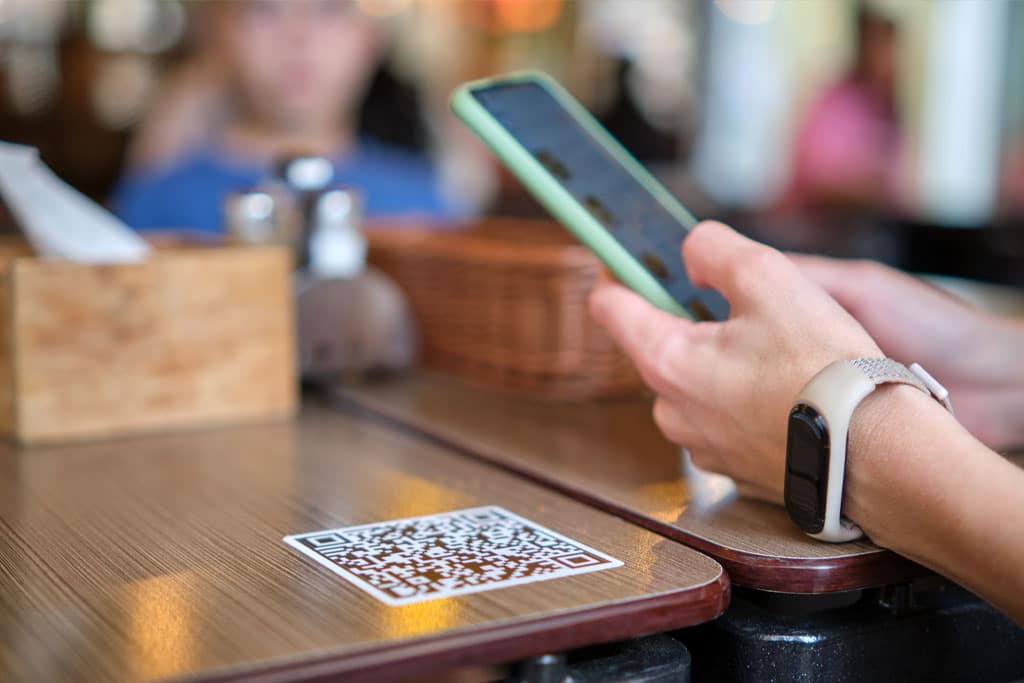How QR Code Advertising Enhances Customer Interaction
Imagine walking through a bustling city street when a vibrant poster catches your eye. It’s not the imagery that pulls you in, but a small black and white square — a QR code promising a world of information and engagement at your fingertips. As you scan the code with your smartphone, you can explore products, watch videos, and even receive special discounts.
In this blog, we will explore how QR codes have revolutionized customer interaction in modern advertising. We’ll dive into the benefits, practical applications, and best practices for integrating QR codes into your marketing strategy utilizing professional print materials and promotional items.
Understanding QR Codes
Definition and History
QR codes, short for Quick Response codes, are two-dimensional barcodes that store information which can be read by scanning devices like smartphones. Originally invented in 1994 for tracking automotive parts, QR codes have evolved into versatile tools used widely in marketing.
Types of QR Codes
There are two main types of QR codes: static and dynamic. Static QR codes contain fixed information and cannot be edited once created. Dynamic QR codes, on the other hand, can be updated with new information even after being printed. They offer flexibility and are ideal for marketing campaigns.
Examples of QR Codes in Marketing:
- URL Codes: Direct users to websites or landing pages.
- Contact Codes: Share contact information.
- App Download Codes: Link directly to app stores for easy downloads.
Benefits of QR Code Advertising
Ease of Use and Accessibility
One of the biggest advantages of QR codes is their simplicity. With most smartphones equipped with built-in QR code scanners, users can effortlessly access information with a quick scan.
User-Friendly Placements:
- Product packaging
- Storefronts
- Posters and flyers
Instant Access to Information
QR codes provide instant access to a wealth of information, from product details and promotions to customer reviews and tutorials.
Example: A customer scans a QR code on a restaurant menu to view nutritional information and special offers.

Trackable and Measurable
Businesses can track the performance of QR code campaigns by analyzing scan data, helping them understand customer behavior and optimize their marketing strategies.
Example: A company tracks user engagement through QR code scans and refines their marketing tactics based on the collected data.
Interactive and Engaging Experiences
QR codes can create immersive and interactive experiences for customers, such as augmented reality, video content, and virtual try-ons.
Example: A retail store uses QR codes to offer virtual try-on experiences, allowing customers to see how clothes look on them without physically trying them on.
Personalization
QR codes can deliver personalized content and offers based on customer preferences and behavior.
Example: A loyalty program uses QR codes to provide personalized discounts based on purchase history.
Seamless Integration with Mobile Marketing
QR codes integrate seamlessly with mobile apps and social media, driving engagement and expanding reach.
Example: A marketing campaign uses QR codes to drive social media engagement and app downloads, encouraging users to share their experiences online.
Best Practices for QR Code Advertising
Design and Placement
Designing visually appealing QR codes and placing them strategically is crucial for maximizing visibility and engagement.
Tips:
- Ensure the QR code contrasts well with the background.
- Place the QR code at eye level and in high-traffic areas.
Clear Call-to-Action
A compelling call-to-action (CTA) is essential to encourage users to scan the QR code.
Example: A QR code on a flyer or brochure with a CTA: “Scan for a Chance to Win a Free Trip.”
Testing and Optimization
Regularly testing the functionality of your QR codes and optimizing based on performance data is key to successful campaigns.
Example: A business improves its QR code campaign through A/B testing and user feedback, resulting in higher engagement rates.
Conclusion
QR code advertising offers a unique and effective way to enhance customer interaction. By providing instant access to information, creating interactive experiences, and delivering personalized content, QR codes can significantly boost engagement and drive conversions.
Future of QR Codes in Marketing
As technology continues to advance, the potential for QR codes in marketing is limitless. From augmented reality experiences to seamless integration with emerging technologies, QR codes are set to play a crucial role in the future of advertising.
Ready to integrate QR codes into your marketing strategy? Contact us today for expert advice and tailored solutions to improve your advertising campaigns.


